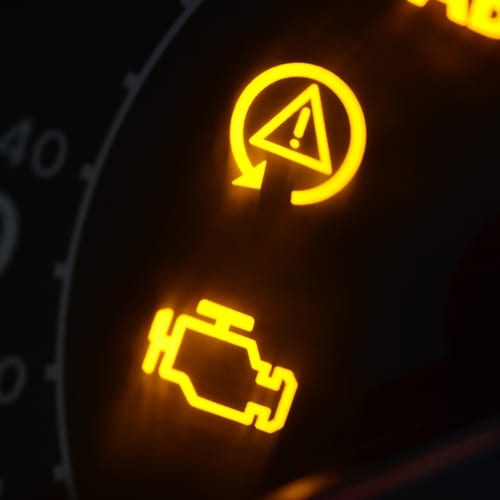Company insurance is nice to have when accidents or mishaps happen, but no one wants to use it. After all, doing so is rarely for a good reason. To keep motorists safe and claims to a minimum, a variety of advanced technologies have been introduced that help drivers steer clear of trouble, like brake assist, blind spot alerts and tire pressure monitoring. But these automations are of little value if no one knows how to use them.
However, as a recent study found, it doesn't take long for motorists to learn the ropes.
Conducted by researchers from the University of Iowa, the study involved approximately 120 motorists ranging between 30 and 55 years of age, each given instruction on how to use some of today's advanced autonomous safety features. Instead of one method of learning, though, the participants were assigned at random to one of five, such as reading the owner's manual, and observing a live demonstration.
Knowledge scores improved dramatically
By the study's conclusion, the participants' understanding of the advanced technology grew dramatically, up approximately 170 percent, according to the University of Iowa's researchers. Adaptive cruise control, lane assist, parallel parking assist and rear cross traffic alert were among the systems that the study's subjects learned about having no knowledge of them beforehand.
Daniel McGehee, who serves as director for the University of Iowa's National Advanced Driving Simulator program, indicated that motorists who ignore these features or find them too complicated to even bother learning more are doing themselves a disservice.
"Our data show that drivers who are exposed to these technologies in two very traditional learning methods, increase their knowledge about the technologies and feel less apprehensive of using them in the future," McGehee explained. "As more and more of these technologies are being rolled out there is a critical need to educate drivers about how to use them."
The National Safety Council hopes to do that very thing through a public awareness program it launched earlier this year, in partnership with the University of Iowa. It's called, appropriately, "My Car Does What?" and has its own website. Upon dialing up the address, nearly three dozen safety features are listed there, including back-up warning, bicycle detection, curve speed warning, drowsiness alert and hill descent assist. Additionally, symbols appear next to the listed features so motorists can more readily identify them if their automobile features one or several.
"Twenty automakers intend to standardize auto braking capability."
Automatic braking to be standard safety feature in six years
While automatic braking isn't found in all of today's new or nearly new models – another technology that's explained at the website – 20 automakers have made commitments to make them standard by 2022, the U.S. Department of Transportation and the Insurance Institute for Highway Safety announced earlier this year.
"Today regulators and industry produced a new solution to an old problem," said Deborah Hersman, NSC president and CEO when the announcement was made in March. "2022 cannot come soon enough."
In the meantime, Fisk Marine International stands ready to serve the commercial diving, watercraft and offshore management industries with a suite of insurance services that includes commercial auto insurance.

